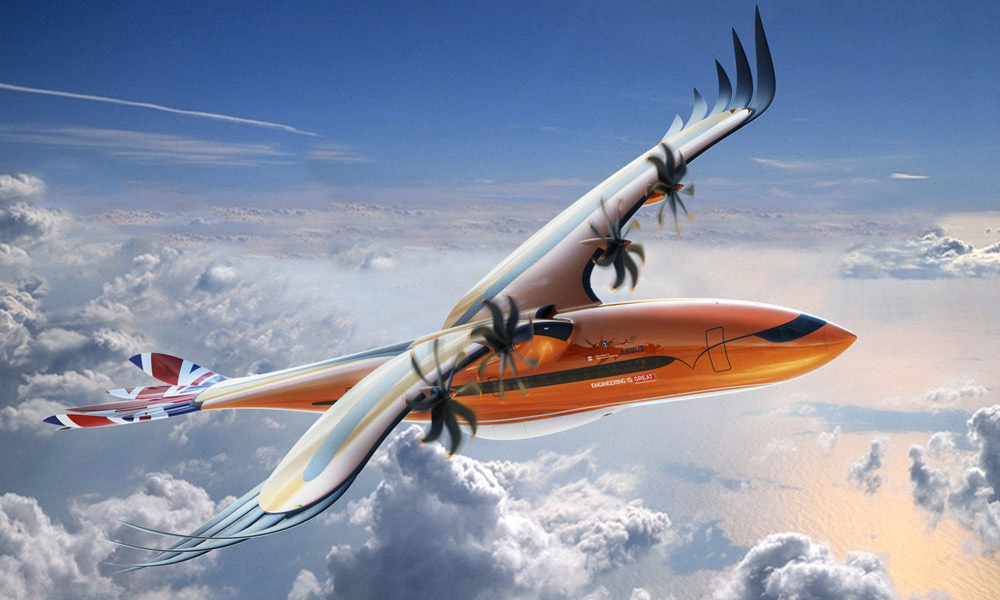The look of commercial airliners hasn’t changed much even though the technology within has. This could all change if Airbus’ new “Bird of Prey” concept airliner becomes a reality. High-mounted curved wings with individually-feathered wingtips, huge propellers, and a ruddered tail that looks like it was pulled off a giant eagle. The only thing missing are talons for landing gear. The wings are meant to flex thanks to thousands of 3D printed parts that combine like a bird’s wings. The propellered propulsion system might seem old school, but it’s based on developing new tech that would drastically reduce fuel consumption and points to a future where commercial flights are more environmentally friendly. Batteries are currently too heavy for takeoff and sustained flight, but things could change. The chances the Bird of Prey will be built in this form are slim. It seems to largely exist as an exercise in biomimicry, imitating the natural efficiency and elegance of nature while exploring the idea of what electric power could do for the airline industry.
More Travel

See San Francisco for Less Without Sacrificing Style
From lofty hotels to free views, vintage cable-cars, and creative transit hacks, here’s how to maximize your return on a visit to SFO.

The Coolest Travel Gifts for 2025
These gifts? All good to go.

This Estate in Bordeaux Blends Japanese Craftsmanship with French Wine Customs
Deep in Bordeaux you can get a taste of Japanese craftsmanship at a French winery where east meets west.

